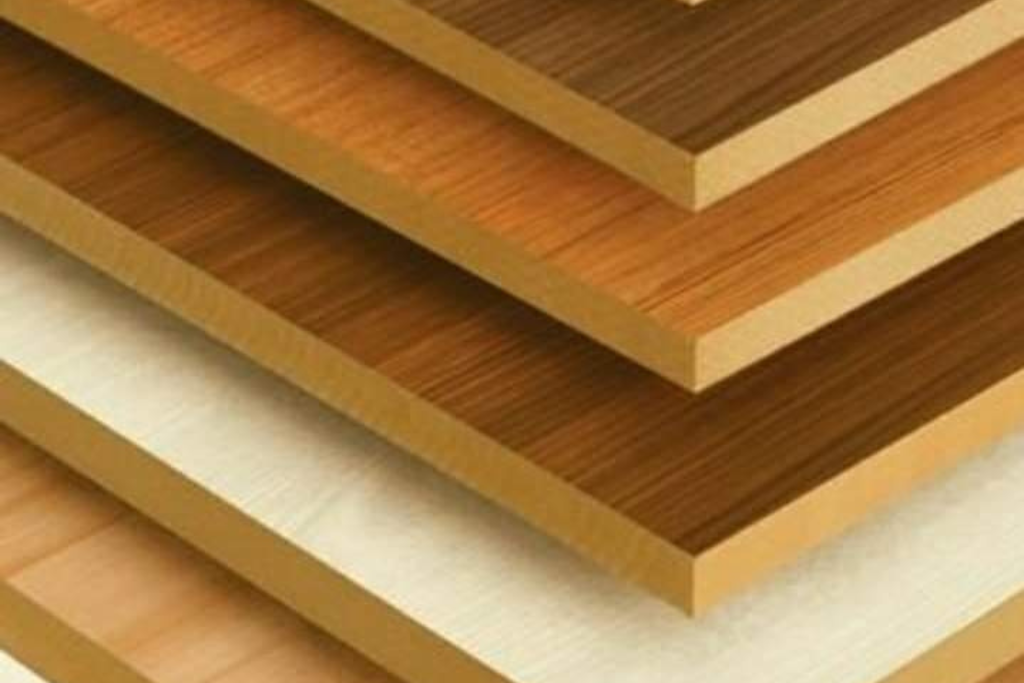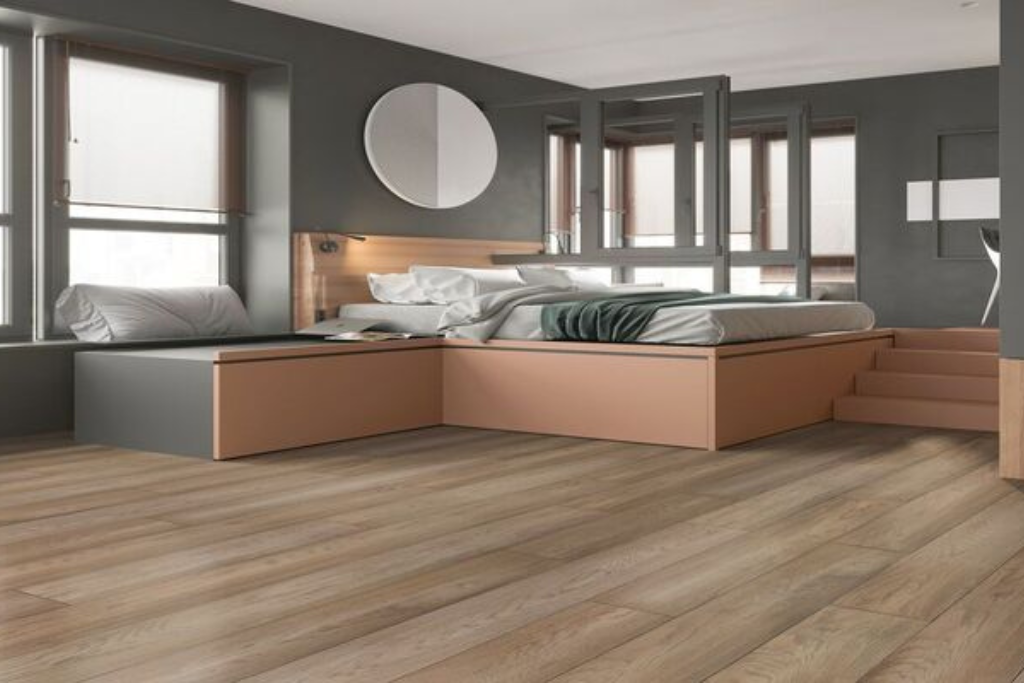In the metropolis that is Lagos, it is pretty common to behold all of the construction that is ongoing in the city. Whether it is interior or it is exterior or there is the erection of a mighty edifice somewhere in the ever-growing and developing state that is Lagos. Making sure to choose the perfect material for your building is pertinent to ensure aesthetics, cost-effectiveness and long term durability. Two of the popular wood choices when people are in search of construction materials are High-Density Fiberboard (HDF) and Medium-Density Fiberboard (MDF). In this write up, we will delve into the properties, uses, advantages, disadvantages, pricing of HDF and MDF in Lagos, providing valuable insights for contractors, engineers, builders, interior decorators and homeowners that are in Lagos.
Before we get into the nitty gritty of the subject, it is important to note that lots of underwhelming wood products are flooding the market today because of substandard materials being used. This article helps to throw light on the subject of getting the right HDF and MDF in Lagos. Knowing the difference between HDF and MDF, their pricing, the appropriate position to use them and a whole lot of other things that builders, constructors and engineers should be wary of.
What are HDF and MDF Plywood
There is an abundance of HDF and MDF in Lagos. HDF and MDF are both types of engineered wood sheet materials. HDF is a mnemonic for High-Density Fiberboard and the other one, MDF is also a mnemonic and it stands for Medium Density Fiberboard. The two are made from wood fibers that have been mixed with binders and pressed into boards.
HDF is essentially a board that is an engineered wood product that is made from wood fibers, adhesive, resin and compressed at high pressure to form a dense and study board or plywood.
MDF on the other hand is a board that is similar to HDF but it usually has a lower density. It is also made from good wood fibers bonded together with resin and compressed under high temperature and pressure.
What are the Differences Between HDF and MDF

High-Density Fiberboard (HDF) surpasses Medium-Density Fiberboard (MDF) in density, making it stronger and more durable. Its resistance to warping makes it ideal for kitchen cabinets, while its low water absorption makes it suitable for wet areas like bathrooms. With a density exceeding 50 pounds per cubic foot, HDF is perfect for stabilizing materials, engineered hardwood, and laminate floors. However, it’s not suitable for outdoor use due to its water-absorbing nature. Tempered hardboard, created by adding oil during formation, offers enhanced moisture resistance and strength, making it suitable for construction siding.
MDF is generally cheaper than HDF and easier to work with due to its lower density. It does not have the same level of strength or durability as HDF, but it can still be used in some applications such as shelving or furniture panels where strength isn’t a major concern. MDF has a density of 600-800 kg/m3. It also doesn’t warp or swell easily in high humidity areas like bathrooms or washrooms. Once again, these characteristics make it an ideal core layer material for laminate flooring and engineered floors. MDF is also well perfect to be used in the making of furniture, cabinetry, wall panels, shelving, storage units, decorative molding, and doors. Due to its insular qualities that it possesses in sound and heat, Medium-Density Fiberboard (MDF) can also be used in acoustic enclosures such as guitars, sub-woofers and loudspeakers.
Characteristics of HDF and MDF in Lagos
HDF
- High-density composition results in a heavier and more rigid board.
- Smooth and uniform surface suitable for painting or veneering.
- High density provides excellent strength and resistance to warping, swelling, and moisture.
- Suitable for precision cutting, routing, and shaping.
MDF
- Medium-density composition offers a lighter weight compared to HDF.
- Smooth surface ideal for painting, veneering, or laminating.
- Moderate strength, prone to swelling and warping if exposed to moisture.
- Easy to work with, allowing for intricate designs and details.
Uses and Applications:
– HDF:
– Interior doors and door frames
– Kitchen cabinets and countertops
– Furniture manufacturing (e.g., wardrobes, shelves
– Flooring materials
– MDF:
– Cabinetry and furniture construction
– Wall paneling and molding
– Decorative trim and millwork
– Speaker enclosures and acoustic panels
Advantages of HDF and MDF Boards:
– HDF:
– High density for enhanced strength and durability
– Smooth surface finish conducive to painting and veneering
– Excellent dimensional stability and resistance to moisture
– Ideal for applications requiring precise machining and detailing
– MDF:
– Versatile material suitable for a wide range of applications
– Smooth surface finish provides an excellent base for painting and laminating
– Cost-effective alternative to solid wood for furniture and cabinetry
– Easy to work with, allowing for intricate designs and customizations
Disadvantages and Limitations:
– HDF:
– Higher cost compared to MDF and plywood alternatives
– Heavyweight may require additional support during installation
– Limited availability of finishes and textures compared to solid wood
– MDF:
– Susceptible to moisture damage and swelling if not properly sealed
– Lower strength and durability compared to HDF and solid wood
– Limited load-bearing capacity for structural applications
Things to Consider When Choosing HDF or MDF Boards in Lagos:
- Environmental Conditions
- Assess the level of humidity and moisture exposure in the intended application area.
- Budget and Cost Considerations:
- Compare the cost-effectiveness of HDF and MDF boards against alternative materials.
- Aesthetic Preferences:
- Determine the desired surface finish, texture, and appearance to complement the overall design scheme.
- Functional Requirements:
- Evaluate the strength, durability, and workability needed for the specific application.
Environmental Conditions to Consider When Purchasing HDF and MDF in Lagos
When choosing between HDF (High-Density Fiberboard) or MDF (Medium-Density Fiberboard) boards for construction projects in Lagos, it’s essential to consider the environmental conditions of the intended application area. The environmental conditions play a crucial role in determining the suitability and performance of HDF or MDF boards. Here are some specific factors to consider:
Humidity and Moisture Levels:
- Lagos experiences a tropical climate with high humidity levels and occasional rainfall throughout the year. Excessive moisture exposure can negatively impact HDF and MDF boards, leading to swelling, warping, and decay over time. Therefore, it’s crucial to assess the moisture levels in the environment where the boards will be installed.
Indoor vs. Outdoor Applications:
- Determine whether the HDF or MDF boards will be used for indoor or outdoor applications. Indoor environments, such as residential interiors or commercial spaces, typically have controlled humidity levels and minimal exposure to moisture. In contrast, outdoor applications, such as exterior cladding or signage, are subjected to fluctuating weather conditions and require materials with enhanced moisture resistance.
Moisture Protection Measures:
- If HDF or MDF boards will be installed in areas prone to moisture exposure, consider implementing moisture protection measures. This may include applying waterproof sealants, using moisture-resistant adhesives, or incorporating barrier materials to prevent moisture infiltration and protect the integrity of the boards.
Ventilation and Air Circulation:
- Adequate ventilation and air circulation play a vital role in controlling humidity levels and preventing moisture buildup in indoor environments. Ensure proper ventilation in areas where HDF or MDF boards will be installed to minimize the risk of moisture-related issues.
Substrate Preparation:
- Proper substrate preparation is essential to mitigate moisture-related issues when installing HDF or MDF boards. Ensure that the substrate surface is clean, dry, and free from any contaminants that may compromise the adhesion or performance of the boards. Additionally, consider using moisture barriers or vapor retarders to protect the substrate from moisture ingress.
Maintenance Requirements:
- Evaluate the maintenance requirements associated with HDF or MDF boards in relation to the environmental conditions. Choose materials that offer ease of maintenance and are resistant to moisture damage, allowing for long-term durability and performance in Lagos’ humid climate.
Conclusion
– HDF and MDF boards offer versatile solutions for construction and woodworking projects in Lagos, catering to a wide range of applications and design preferences. Understanding the characteristics, uses, advantages, and limitations of HDF and MDF can empower builders, contractors, and homeowners to make informed decisions when selecting materials for their projects. By choosing the right material based on environmental conditions, budget considerations, aesthetic preferences, and functional requirements, stakeholders can ensure the success and longevity of their construction endeavors in the dynamic urban landscape of Lagos.
By providing a comprehensive overview of HDF and MDF boards, this blog aims to educate and empower readers in Lagos to make informed choices when it comes to construction materials, ultimately contributing to the quality and sustainability of building projects in the city.
